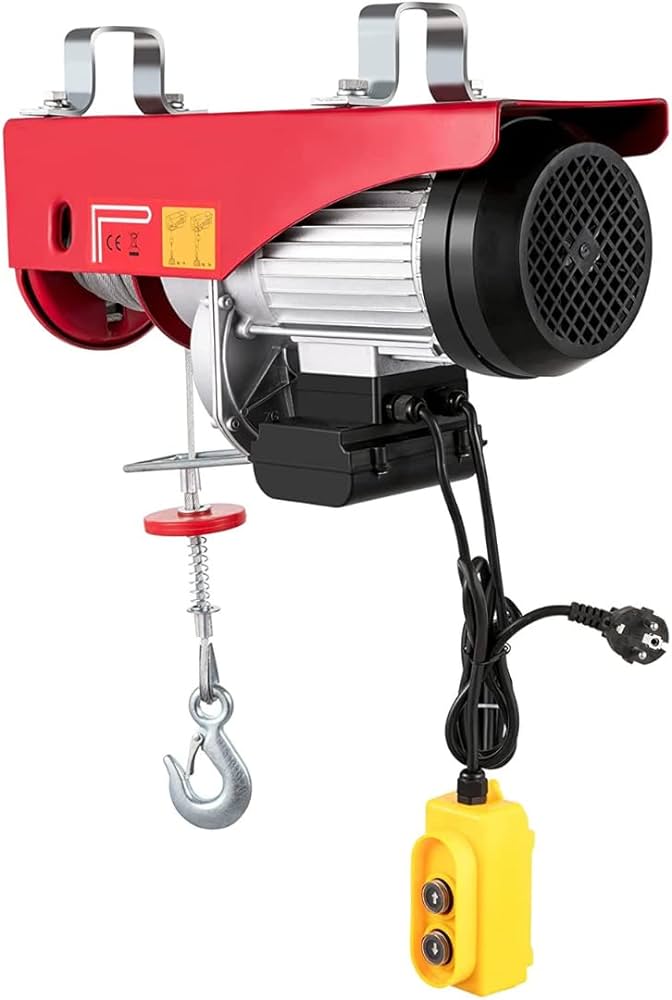Exploring Different Types of Electric Hoist Configurations
Electric hoists are indispensable tools in various industries, facilitating the lifting and maneuvering of heavy loads with ease and efficiency. Across different applications and environments, electric hoists come in a myriad of configurations, each tailored to meet specific needs and requirements. Exploring these diverse configurations unveils a spectrum of functionalities and design nuances that cater to the unique demands of different tasks. One of the most common configurations is the hook-mounted electric hoist, where the hoist is equipped with a hook that allows it to be easily attached to overhead beams, gantry cranes, or other support structures. This configuration offers versatility and mobility, enabling the hoist to be quickly deployed wherever lifting operations are required. Whether it is in warehouses, construction sites, or manufacturing facilities, hook-mounted electric hoists excel in lifting and positioning heavy loads with precision and control. For applications that demand precise vertical movement, a trolley-mounted electric hoist provides an ideal solution. In this configuration, the hoist is mounted on a trolley that traverses horizontally along a beam or rail system.

His setup enhances flexibility by allowing the hoist to cover a larger working area while maintaining accurate positioning. Trolley-mounted electric hoists are commonly used in assembly lines, workshops, and material handling operations where seamless movement along the horizontal axis is crucial. In environments with limited headroom or confined spaces, a low-headroom electric hoist offers a compact and efficient lifting solution. This configuration features a specially designed hoist body that minimizes the vertical space required for operation, allowing it to work effectively in tight overhead spaces. Low-headroom electric hoists are favored in applications such as shipyards, mines, and maintenance facilities, where clearance height is a critical factor. In situations where loads need to be lifted and transported horizontally, a wire rope electric hoist with a monorail trolley configuration comes into play. This setup combines the lifting capabilities of an electric hoist with the mobility of a monorail trolley, enabling seamless movement along a fixed track or beam.
Wire rope polipasto electrico are preferred for heavy-duty lifting tasks in industries such as construction, steel fabrication, and automotive manufacturing, where robust performance and reliable operation are paramount. For lifting operations in hazardous or explosive environments, explosion-proof electric hoists are essential for ensuring safety and compliance with industry regulations. These hoists are specially engineered with features such as spark-resistant components, sealed enclosures, and overload protection systems to mitigate the risk of ignition and maintain operational integrity in potentially volatile atmospheres. Explosion-proof electric hoists find applications in industries like oil and gas, chemical processing, and aerospace, where the presence of flammable gases or vapors necessitates stringent safety measures. In summary, the diverse configurations of electric hoists cater to a wide range of lifting requirements across various industries. Whether it is versatility, precision, compactness, mobility, or safety, there is a configuration suited to every application, ensuring efficient and reliable performance in lifting and handling heavy loads.